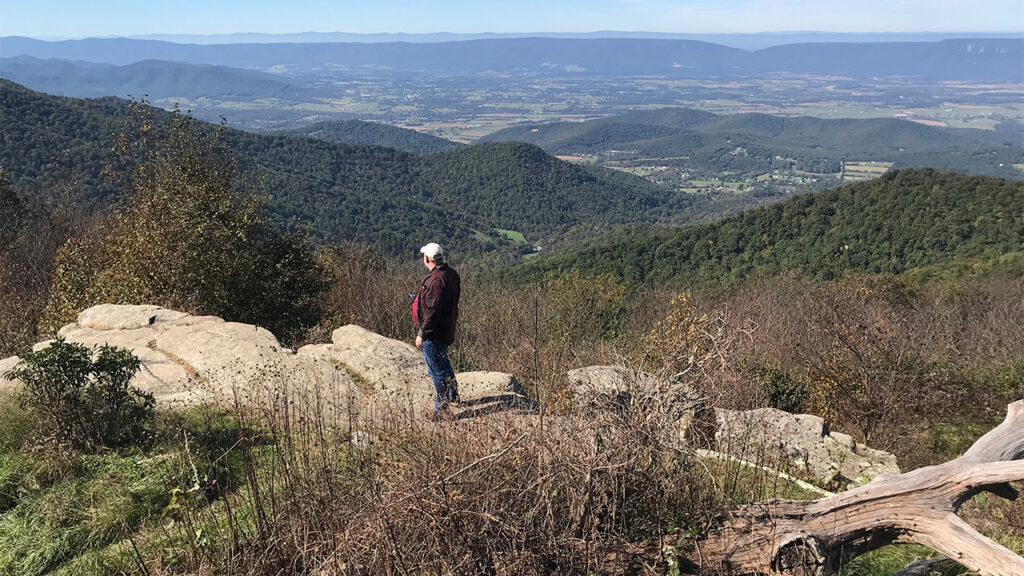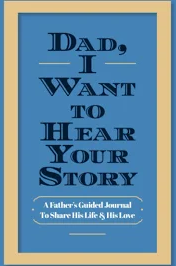Memory
Last year I began writing about my early childhood after my daughter gave me “Dad, I Want to Hear Your Story” by Jeffrey Mason. The book is presented as a series of fill-in-the-blank questions like “In what city were you born?” and “Were you born in a hospital?”. After starting to write recollections down it became obvious that the answers did not fit into a sequential story. Equally clear is how difficult it is for me to remember details about early childhood.

Imagine going through an old family photo album you have not seen in some time. On each page you see snapshots of parents, siblings, or other relatives. You can clearly remember the people, but perhaps not exactly what was going on when the photo was taken. With only that brief impression it can feel blurred. What connects the dots? Asking that question taught me something new about myself and all of us.
I started researching web sites about the memory process and how it works. I discovered that the science is far from exact. There are many opinions on how and where memory is stored and recalled. Even with no definitive explanation I think it can be distilled down to a few main points.
Most cognitive scientists agree that short-term memory is very brief. Unless you make a conscience effort to remember something, this “active memory” lasts just seconds. Less clear is how these tiny bits of information become more permanent. What I found fascinating is what happens when we try to access these long-term memories. One thought can trigger another, which in turn can trigger another, and so on. What could appear to be a case of attention deficit disorder is more likely an example of Semantic Memory.
The idea that long-term memory is stored with associated memories is known as the Semantic Network Model. Like a computer network with more than one wire between each PC, it is believed the Semantic Network represents multiple pathways between each memory bit and another. Beside what you see, your other senses can also trigger a memory. Hearing a certain song, or the smell of the forest after a spring rain for example.
Each associated memory can trigger additional scenes. That old photo of my mom and dad with me in Ft. Tryon Park may trigger memories of snow sledding down the big meadow in winter or climbing rocks in the woods. The next time I look at the same photograph I may remember taking my own daughter to the park or recipes my mother taught me.
The result of understanding a little more about Semantic Memory has been a gift. It has encouraged me to be patient with my attempt to recall scenes from my past. Although the pictures are still a bit out-of-order, there is a better focus on the whole story.
